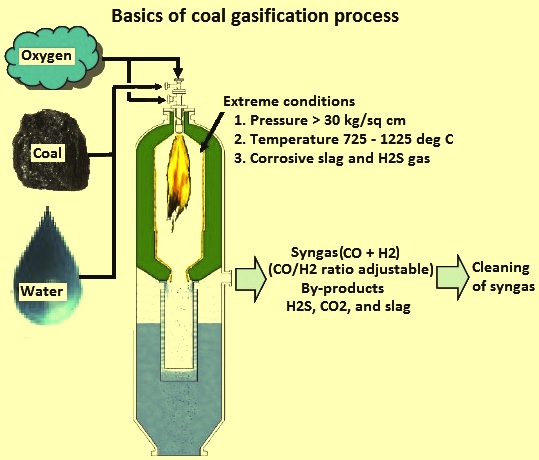The Indian government has initiated the National Coal Gasification Mission with the aim of achieving the gasification and liquefaction of 100 million metric tons of coal by 2030. In accordance with the mission, Coal India Limited has signed memorandums of understanding with BHEL, GAIL, and IOCL to undertake coal gasification projects in the country.

Coal gasification is a method of generating energy from coal that is being promoted by the Indian government on a national scale as it is considered a more environmentally friendly way of converting coal into energy. It produces less carbon emissions and allows for the easy removal and repurposing of other harmful gases like CO2.
The process also generates syngas, which can be processed to produce gasoline and diesel fuels. Additionally, the by-products of gasification, such as hydrogen, have various potential uses including ammonia production, exploration of alternative fuel sources, and application in the petrochemical industry.

The Ministry of Coal has created a policy to encourage coal gasification. Under this policy, there will be a 50% reduction in revenue share for future commercial coal block auctions if the coal is used for gasification and if at least 10% of the total coal production is used for this purpose.
In addition, a separate auction window has been established for the NRS sector to provide coal for new coal gasification plants.

Coal gasification is a more environmentally friendly and efficient method of using coal reserves to generate energy, which can result in a reduction of carbon emissions.
This is a Press Information Bureau Feed; edited by Clean-Future Team






